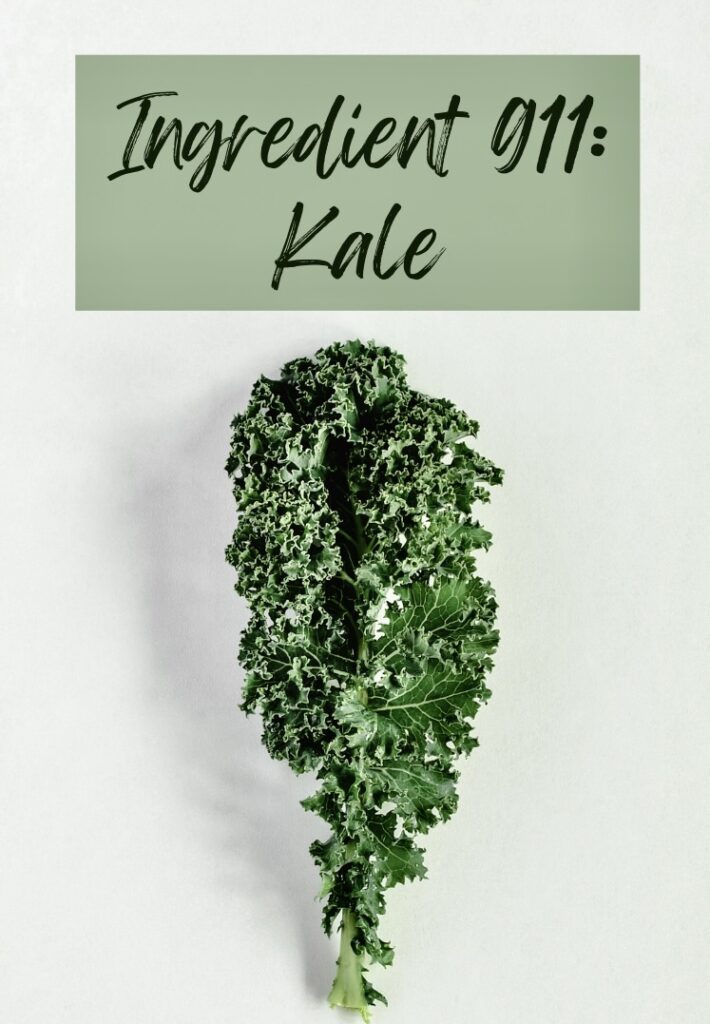
Many state and local governments have established or are planning programs to prevent obesity. These efforts can encourage healthy living habits and lower body fat. Local governments can coordinate these efforts by focusing their attention on residents' needs. One example of a local government-led obesity prevention program is the establishment of a community fitness center. This is an effective way for children to move and cut down on calories. A fitness center is a place that encourages physical activity, which can help keep people in good health.
Many state governments have taken measures to combat obesity. One example is that the government could establish a sugar reduction target to consumers. This goal is intended to improve people's health. The same goes for portion sizes. This type program can be promoted to pregnant mothers and mothers of young kids. This program is beneficial for everyone, even the elderly. However, not everyone is aware of the benefits these strategies have in their own communities.

Although the federal government has been committed to nutrition and physical fitness for a long time, it has not paid much attention to obesity prevention. Because obesity is America's number one health indicator, programs must be tailored to combat it. The President's Council on Physical Fitness and Sports, along with the Partnership for a Walkable America, are developing a national initiative, Fit 'n Active Kids. America on the Move was developed by the Partnership for Healthy Eating and Active Living. This program focuses on preventing adult weight gains through increasing physical activity and decreasing caloric intake.
CDC grants are another way to fund obesity prevention efforts. These grants enable the development of programs for people living with disabilities. The CDC's grant program focuses on chronic disease prevention and local capacity building. It can also help to establish community demonstration programs. In FY 2003, twenty states were provided with grants by the CDC. There is a possibility that more states will be able to access the grants if the funds are increased to the state level.
There are many public health programs that can be used to prevent obesity. The CDC funds both states and universities as well as communities in order to encourage healthy eating habits and exercise. Its website has information about grantees as well as funding sources. It is important that you remember that not all causes of obesity are addressed by public-health programs. Only a few programs can address all types of obesity. They can improve community health by addressing root causes of obesity.

New Jersey's department of health is intensifying efforts to combat the bulge. It created the Office of Nutrition and Fitness, which coordinates programs to prevent obesity. Children and adults are considered the most important state in the country by the state. It is imperative that the government invests more in nutrition education for children who are overweight or obese. The health of its citizens is at stake and its efforts should be supported by the federal government.
FAQ
Cardio Exercise: Good or Bad for Your Health?
Cardiovascular exercise is a great way to improve your cardiovascular health. It increases blood circulation, strengthens the heart muscle, boosts stamina, aids in weight loss, and gives you more energy.
Cardiovascular exercise includes running, biking, hiking, swimming, tennis, basketball, soccer, volleyball, football, etc.
Cardio exercises should not be done at high intensity. Doing this could lead to injury.
The cardiovascular exercise should only be performed if you feel good.
You should never push yourself beyond your limits. Otherwise, you could end up injuring yourself.
It is important to warm up before you begin any cardiovascular exercise. Then, gradually build up to higher intensity levels.
Remember, you should always listen to your body. If you feel pain during cardiovascular exercise, stop immediately.
After a cardiovascular training session, it is recommended that you take some time to relax. This will allow your muscles to rest.
Cardiovascular exercise can help you lose weight.
It is the most efficient way to lose weight and stomach fat.
How do you lose weight?
Losing weight is easier said than done. Many people give-up easily because they don’t have the right information.
You can lose weight by following a few simple steps.
First, ensure that you consume fewer calories per day than you burn. If you are eating more than you are burning, then you are going to gain weight.
You should also exercise regularly in order to lose all those calories. There are many types of exercise you can do, such as walking, running, cycling, and dancing.
Third, stop smoking cigarettes or drinking alcohol. These habits make it more likely that you will consume more calories than you would normally.
Fourth, it is important to reduce the consumption of junk food and fatty foods. You can replace them with healthier options such as fruits, vegetables, lean meats, whole grains, nuts, seeds, beans, etc.
Fifth, it is important to make lifestyle changes and develop new habits. For example, you may need to get up early every morning to exercise before work.
Sixth, discipline and following a diet plan are essential.
To burn extra calories, you can also join a gym or take an aerobics class.
These simple tips will help you quickly see results.
How To Get Rid Of Belly Fat Fast?
There are many fast ways to lose belly fat. One option is to eat less calories and drink more water.
You can also increase your metabolism through activities like running or swimming.
Sitting down too long is not a good idea if you want your belly to shrink quickly. Instead, stand up throughout the day. This will help you burn more calories.
There is an alternative option if you've tried all of these options and still have trouble losing belly fat.
This requires a belt. The belt fits around your waist and is tightened when you sit down.
This will make you feel uncomfortable and allow you to move about. This encourages you to burn calories and decrease your belly fat.
How often should I exercise each week?
It depends on how much time you have available and what type of exercise you prefer. It's a good idea to do moderate-intensity aerobic exercises 3 - 5 times per week. It is important to not overdo it. Consistent exercise is essential to achieving maximum benefit from your workouts.
What exercises are the best?
It really depends on the type of fitness goal you have. Some people choose to focus on endurance activities, such as swimming, cycling, and running. Others enjoy lifting weights or using resistance bands. There are many types of exercise programs today. Select the one that best suits your needs.
What dietary supplement is best for weight loss?
Losing weight requires both diet and exercise. Some people find that supplements can help them along the journey.
Studies have shown that omega-3 fatty acid may be beneficial in weight loss. Omega-3s are essential fats which are crucial for brain function. They're found in seafood like salmon, tuna, shrimp, and cod liver oil.
Another study suggests that green-tea might help with weight loss. The antioxidants in green tea, catechins and other compounds may increase metabolism and promote weight loss.
Statistics
- Candidates and applicants must pass all four tests at 70% (minimum level) to graduate from Basic Deputy U.S. Marshal (BDUSM) Training. (usmarshals.gov)
- The PRS enabled risk stratification for overall prostate cancer and lethal disease with a four-fold difference between men in the highest and lowest quartiles (HR, 4.32; 95% confidence interval [CI], 3.16-5.89). (pubmed.ncbi.nlm.nih.gov)
- According to the American Academy of Dermatology (AAD), men over 50 are at a heightened risk of developing it. (healthline.com)
- Cardmembers earn 5% Back at Amazon.com with a Prime Credit Card. (amazon.com)
- 10 pounds in a month is likely during a lean bulking phase, especially for beginners. (muscleandstrength.com)
External Links
How To
What should I have before I go to the gym?
In order to lose weight, you must eat fewer calories that you burn through exercise. Also, you must eat all the nutrients.
This includes protein and carbohydrates as well as fats, vitamins, and minerals.
The best way to do this is by eating smaller meals throughout the day rather than three large ones.
It is possible to not do as well if your body is too full when you work out.
You could try drinking water instead of energy drinks which contain caffeine and sugar. This keeps you hydrated and energized.
But make sure you're getting enough fluids. Your electrolytes could be diluted if you drink excessive water.
Electrolytes are essential for the body's proper functioning.
If you don’t have any access to water, sports drinks might be a good option. They are high in potassium, sodium, calcium, magnesium and other minerals.
These electrolytes can be replenished by this method. However, they still won't replace what you've lost from sweating.
A multivitamin pill can be taken if you worry about losing too much salt while exercising.
These include extra vitaminB6, which regulates your body's sodium level.
However, you shouldn't rely on supplements if you don't know how much salt you're getting from food and beverages.
They are not subject to regulation by the Food and Drug Administration.
Some sports drinks may contain more sodium than others.
Some sports drinks could even contain artificial sweeteners. These could cause digestive problems.
Sea salt is an option if you don't want to eat too much salt.
It contains fewer chemicals than table salt.
Sea salt also has low levels of iodine which is another mineral that is essential for healthy thyroid function.